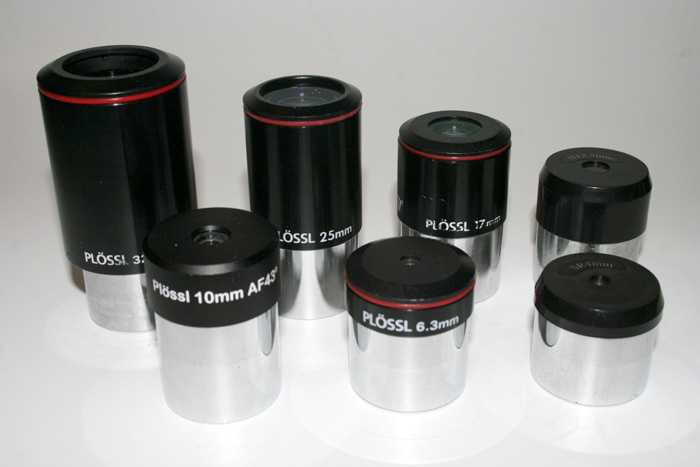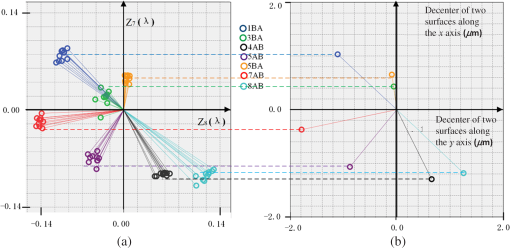


Studies of pre-main-sequence (PMS) stars in young clusters such as T-Tauri stars in the Taurus–Auriga molecular cloud (Hartmann & Stauffer 1989) or in NGC 2264 (Sousa et al. For young stars (<10 Myr), angular momentum evolution may be dependant on magnetic coupling between the star and disc. For low-mass stars, it is widely accepted that late-time angular momentum loss will be governed by magnetized stellar winds which depend on magnetic field topology and stellar mass (Booth et al. These models work especially well for stars older than the age of the Hyades cluster, by which time we expect the initial angular momentum of stars to have little effect on the rotation period, and the angular momentum evolution to follow a Skumanich law (Kawaler 1988). This model was subject to further improvements in Barnes ( 2007), a model which is commonly still used to age Solar-type and late-type main-sequence stars. In Barnes ( 2003), a semi-empirical model for deriving stellar ages from colour and rotation period was suggested, and the term ‘gyrochronology’ was coined. Knowing a star’s age is fundamental to fully understanding its evolutionary state, and so being able to infer this property from an observable quantity such as rotation would greatly improve our understanding of stars in the local neighbourhood. Skumanich ( 1972) first hypothesized that a star’s rotation rate could be age dependant, obtaining the empirical relation between rotation period P rot and age t: P rot∝ t 0.5. Constraining stellar rotation rates is important, as this provides insight into the angular momentum of the star. Stellar rotation can be measured through photometric observation, as magnetic surface activity such as spots and plages cause photometric brightness fluctuations over time that is modulated by both the rotation of active regions across the star, as well as active region evolution. Eyer & Mowlavi ( 2008) categorize a large number of distinct variability types which range in period from milliseconds to centuries and in amplitude from a few parts-per-million (ppm) to orders of magnitude in the most explosive forms of variability. The rotation of magnetically active stars will also cause visible brightness changes. This variability can arise from a number of mechanisms, either intrinsic to the star through changing physical properties of the star and its photosphere, or through external factors such as orbiting bodies and discs. Many of a star’s physical properties can be inferred from its brightness variations over time. Methods: data-analysis, techniques: photometric, stars: activity, Hertzprung–Russell and colour–magnitude diagrams, stars: rotation, stars: variables: general 1 INTRODUCTION The NGTS data spans a period and spectral type range that links previous rotation studies such as those using data from Kepler, K2, and MEarth.

We also observe a small population of long-period variable M-dwarfs, which highlight a departure from the predictions made by rotational evolution models fitted to solar-type main-sequence objects. We demonstrate that stars in sub-samples above and below the period gap appear to arise from a stellar population not significantly contaminated by excess multiple systems. This ‘bi-modality’ was previously only seen in space-based data. We explore a sample of rotational main-sequence objects in period-colour space, in which we observe a dearth of rotation periods between 15 and 25 d. The extracted variability periods are compared with stellar parameters taken from Gaia DR2, which allows us to identify distinct regions of variability in the Hertzsprung–Russell Diagram. We find variable signals associated with a number of astrophysical phenomena, including stellar rotation, pulsations, and multiple-star systems. We extract variability periods for 16 880 stars from late-A through to mid-M spectral types and periods between ∼0.1 and 130 d with no assumed variability model.
#HARTMANN COMA X V8.5.1 SERIES#
We utilize a generalization of the autocorrelation function (the G-ACF), which applies to irregularly sampled time series data. We analyse 829 481 stars from the Next Generation Transit Survey (NGTS) to extract variability periods.


 0 kommentar(er)
0 kommentar(er)
